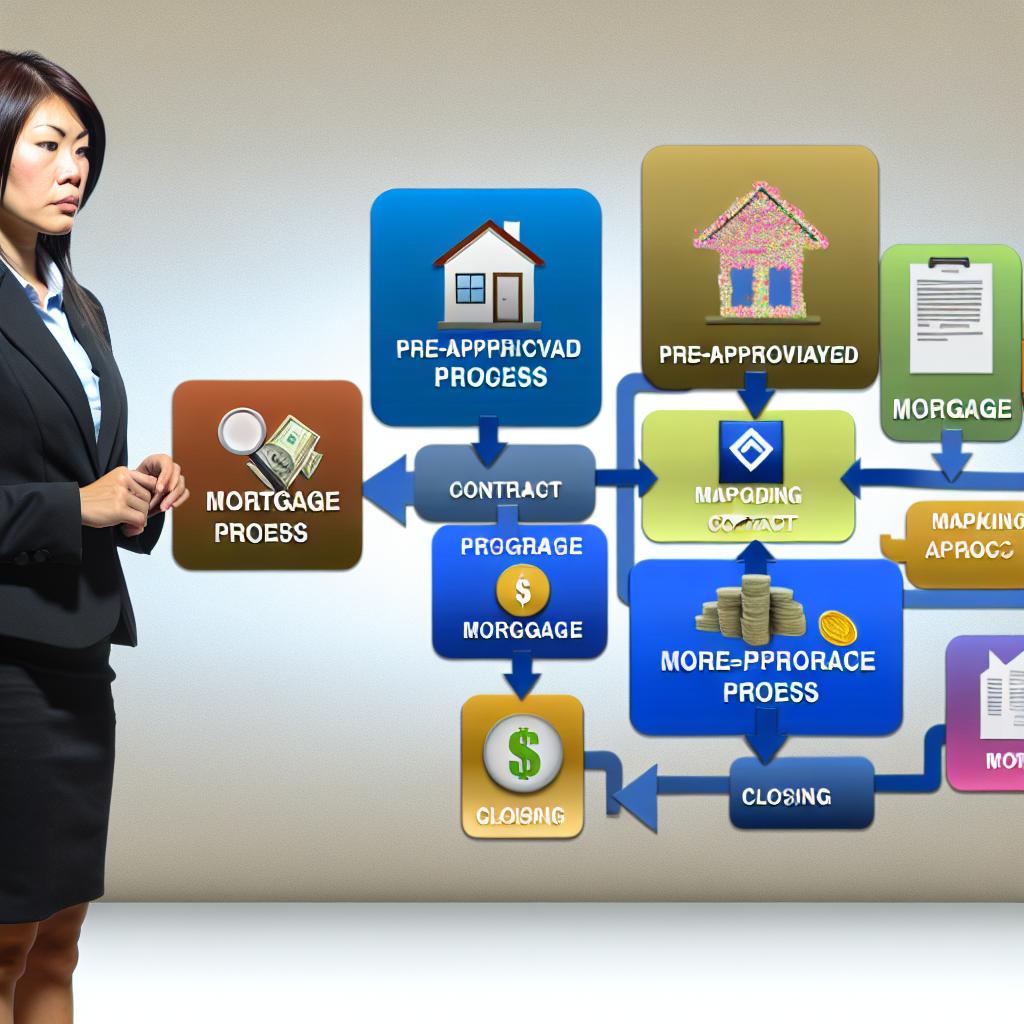
Acquiring a mortgage is an intricate undertaking that demands thorough planning and preparation. Below, you will find an expanded discourse on the essential steps that will assist you in navigating the mortgage process smoothly.
The initial step in acquiring a mortgage involves a profound evaluation of your financial health. This includes a comprehensive understanding of your monthly income, expenses, debts, and savings. It is imperative to ensure that you maintain a good credit score as it wields substantial influence over the terms of your mortgage. To start, obtain a copy of your credit report and meticulously check for any inaccuracies that could potentially affect your creditworthiness.
Focusing on reducing outstanding debts and ensuring that all payments are made promptly is a strategy that can lead to an improved credit score over time. Working diligently to achieve a lower debt-to-income ratio will not only strengthen your loan application but also present you as a more attractive borrower to lenders. Throughout this period, it may also be prudent to limit the opening of new credit accounts, which can influence your credit score negatively.
The subsequent step involves calculating a realistic budget to comprehend what you can feasibly afford. When formulating your budget, you need to factor in the down payment, closing costs, and monthly mortgage payments. Utilizing mortgage calculators can prove beneficial in providing a clearer picture of what your payment structure will look like.
While calculating your budget, it is essential to include additional costs that accompany property ownership. These encompass property taxes, homeowners insurance, and potentially private mortgage insurance (PMI) if your down payment is less than 20%. Being cognizant of these additional expenses will ensure you have an accurate comprehension of your monthly and yearly financial commitments.
Embarking on the process of exploring various mortgage options is crucial to finding a type that matches your financial situation. Some common options you will encounter include:
– Fixed-rate mortgages, which are characterized by a consistent interest rate throughout the loan term, providing predictability in monthly payments.
– Adjustable-rate mortgages (ARMs), where the interest rate may vary over time, typically starting lower than fixed rates but potentially increasing.
– FHA loans, which are backed by the Federal Housing Administration, often requiring a lower down payment and being accessible for first-time homebuyers.
It is vital to shop around by comparing rates and terms from an array of lenders to ensure you find a mortgage that fits your unique needs. Each type of mortgage product comes with its distinct set of benefits and drawbacks tailored to different financial scenarios.
Once you have zeroed in on your preferred mortgage type, the next step is to seek pre-approval from your chosen lenders. Pre-approval entails a comprehensive assessment of your financial background. During this phase, lenders will scrutinize your income, assets, credit score, and employment verification.
Armed with a pre-approval letter, you are equipped with a significant advantage during property negotiations with sellers. This letter serves as an indication of your financial readiness and capability to complete the purchase, which can enhance your standing as a prospective buyer in the eyes of sellers.
With a pre-approval letter in your possession, you can embark on the search for a property that aligns with your budget constraints. Considering partnering with a real estate agent can be advantageous as they can provide guidance, market insights, and simplify the process of locating a suitable property. Real estate agents possess the expertise and resources to help you find a property that meets your criteria and budget effectively, making the home-buying journey more streamlined.
After you have chosen a property, the subsequent step involves applying for the mortgage. This stage will require you to submit an array of documentation including tax returns, pay stubs, and bank statements, alongside any other information requested by the lender. Additionally, the lender will order a property appraisal to ascertain its value and conduct meticulous underwriter reviews to evaluate the risk associated with offering you a loan.
Once you receive final approval from the lender, you will proceed to the closing phase of the mortgage process. During this phase, it is crucial to review all closing documents carefully. Understanding the terms and obligations outlined in these documents is paramount. Be prepared to pay closing costs, which typically encompass loan origination fees, recording fees, and a variety of other expenses. Finally, sign the necessary documents to finalize the mortgage agreement and officially acquire the property.
Upon the conclusion of the closing process, ensure you possess a clear understanding of your mortgage terms and payment obligations to avert any future financial pitfalls. Familiarize yourself with the schedule for mortgage payments and any potential penalties for late payments. Remaining vigilant about your mortgage obligations will help you maintain a healthy financial standing throughout the life of the loan.
For further detailed guidance, it is advisable to consult with mortgage advisors or visit resources like the Consumer Financial Protection Bureau. Adhering to these steps should provide you with a structured approach to securing a mortgage efficiently and confidently.
This article was last updated on: January 13, 2025